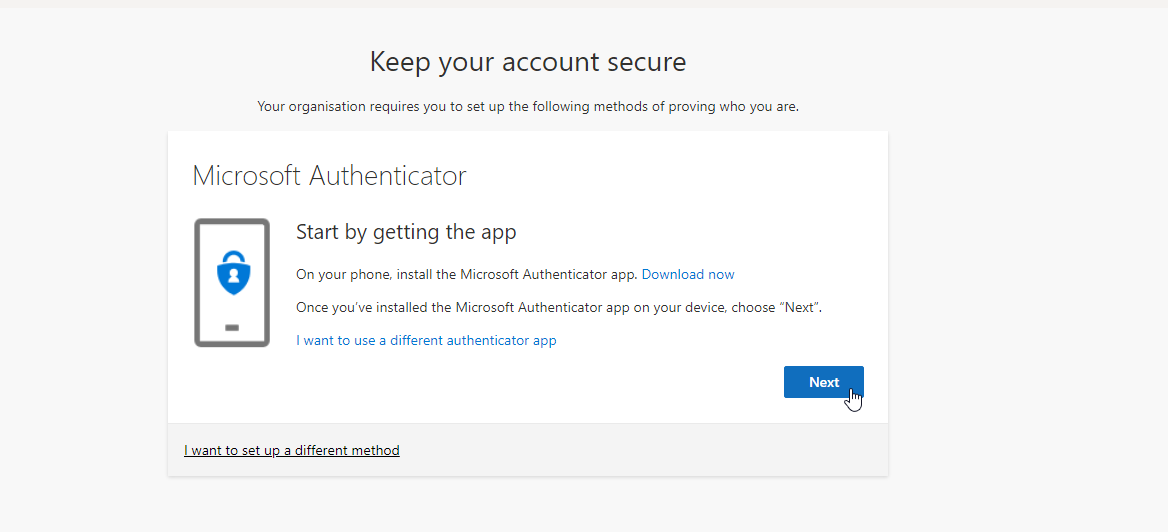

While more validation may be more secure, it does make things less accessible. Some people may think that if 2FA is good, wouldn’t MFA be even better, since there is more validation? Yes and no. But if you are not sure if you want to go through the trouble of enabling 2FA in your environment, let’s take a look at four reasons that may change your mind.

Two-factor authentication (2FA) is a subset of MFA where the end user is required to provide two methods of verification, as opposed to more. This feature allows the IT staff to set two or more verification methods when it comes to user sign-ins and other transactions. In Office 365, administrators have the option to enable an additional layer of security: multi-factor authentication (MFA).


 0 kommentar(er)
0 kommentar(er)
